What’s the best metering for food photography? You may or may not have heard of metering, but it’s still a basic concept in photography.
Metering helps photographers control their exposure. It allows us to get the exposure we desire in all kinds of lighting situations.
If you’ve ever had an image turn out brighter or darker than you imagined, metering can help bring you back to your desired exposure.
All digital cameras have a light meter. In the days of film, cameras didn’t have a light meter. Which is why people used external light meters for optimal settings.
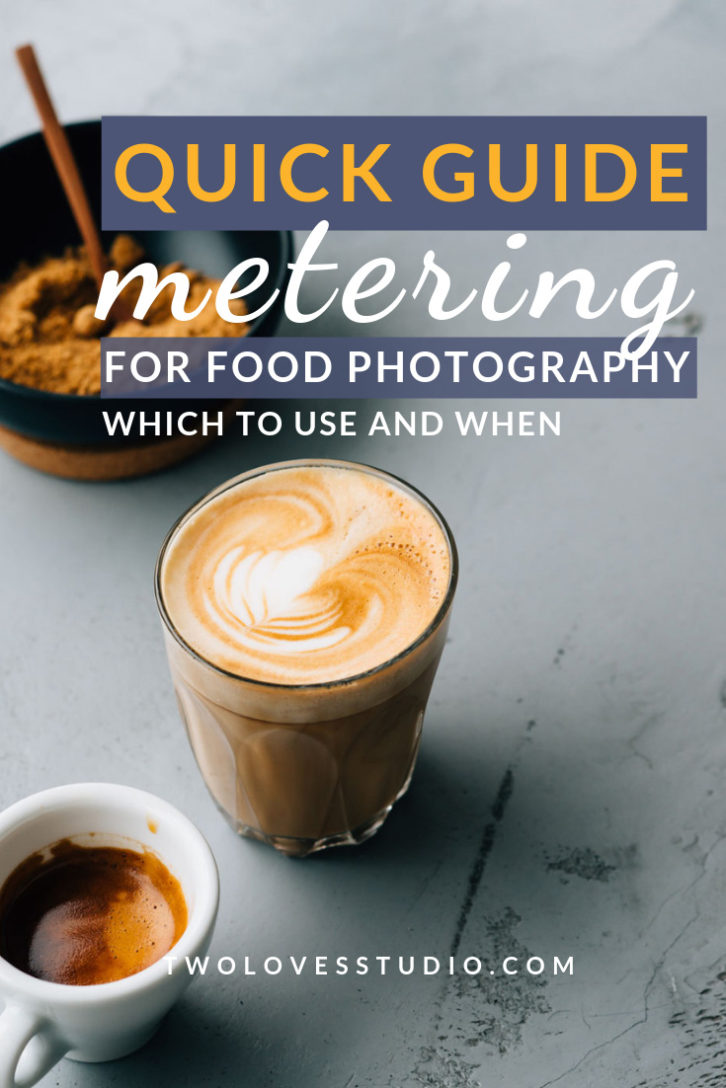
What is Metering
Our digital cameras have a light meter in them. You can see your light meter when you shoot manual mode.
Metering determines how bright our subject is. It measures the amount and intensity of light.
It’s the little tool that we use to determine how to change our settings so we get an image in the brightness we want.
Because having an image exposure the way we want, making sure our subjects can be seen, metering is important!
So we have this light meter in the camera. And it looks at our scene to determine the brightness of our subjects.
But you might be asking, where does the meter actually look in the frame to do that?
Why Do We Use It
Now our camera doesn’t look at the entire frame and measure the overall brightness.
What it does instead is looks at different areas of our frame separately and measures those.
This is therefore why we use metering.
The type of metering that we use determines which areas in the frame the camera will measure for brightness. And then set exposure.
We can, therefore, tell the camera which type of metering we want it to measure for.
This means we have control over where the camera is metering.
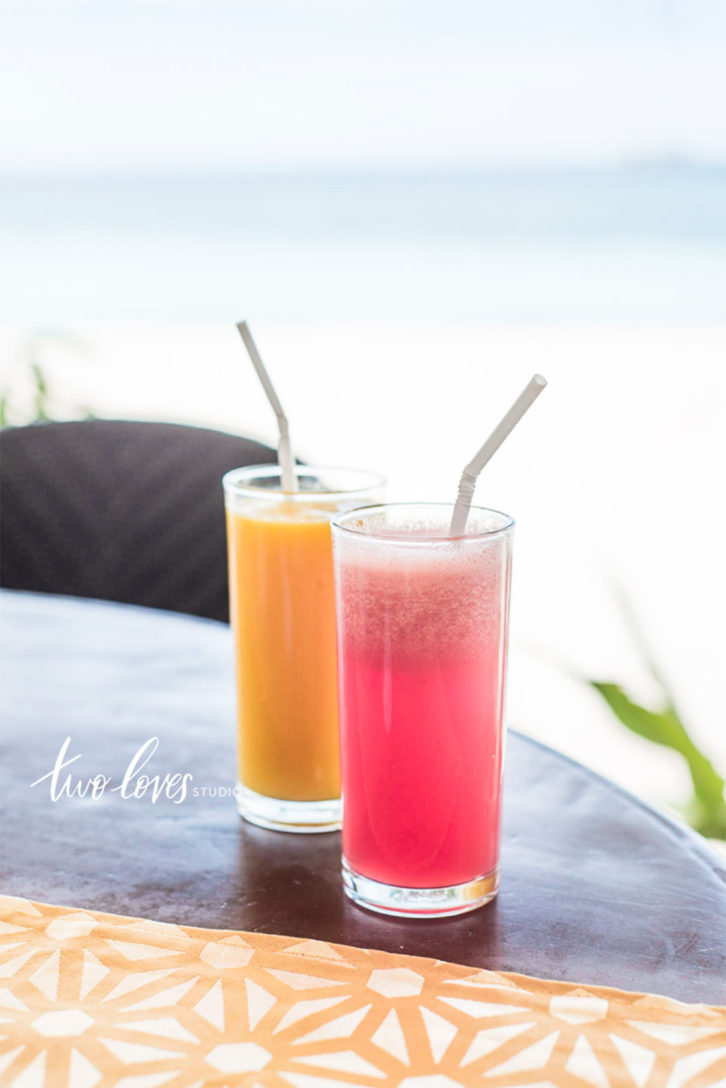
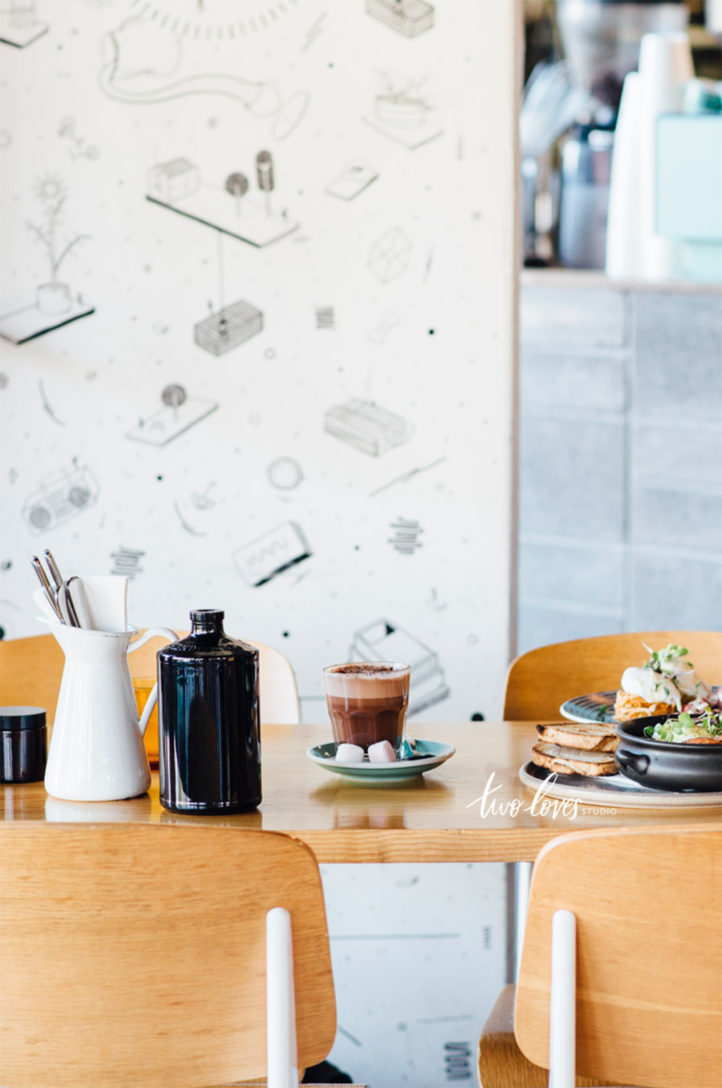
It will help us chose our settings and shoot the optimum exposure.
Now then, let’s look at the types of metering we have!
Types of Metering
There are a number of types of metering that can be determined by the camera you use, but the most common are:
- Matrix Metering (Nikon) OR Evaluative Metering (Canon)
- Centre-weighted Metering
- Spot Metering
Matrix Metering or Evaluative Metering
This type of metering works by sectioning up the frame into regions. Each area is analyzed separately for both light and dark tones.
Even though the camera looks at all regions, it pays particular attention to the area in which you have focused on.
This type of metering is usually the default mode in most DSLR cameras.

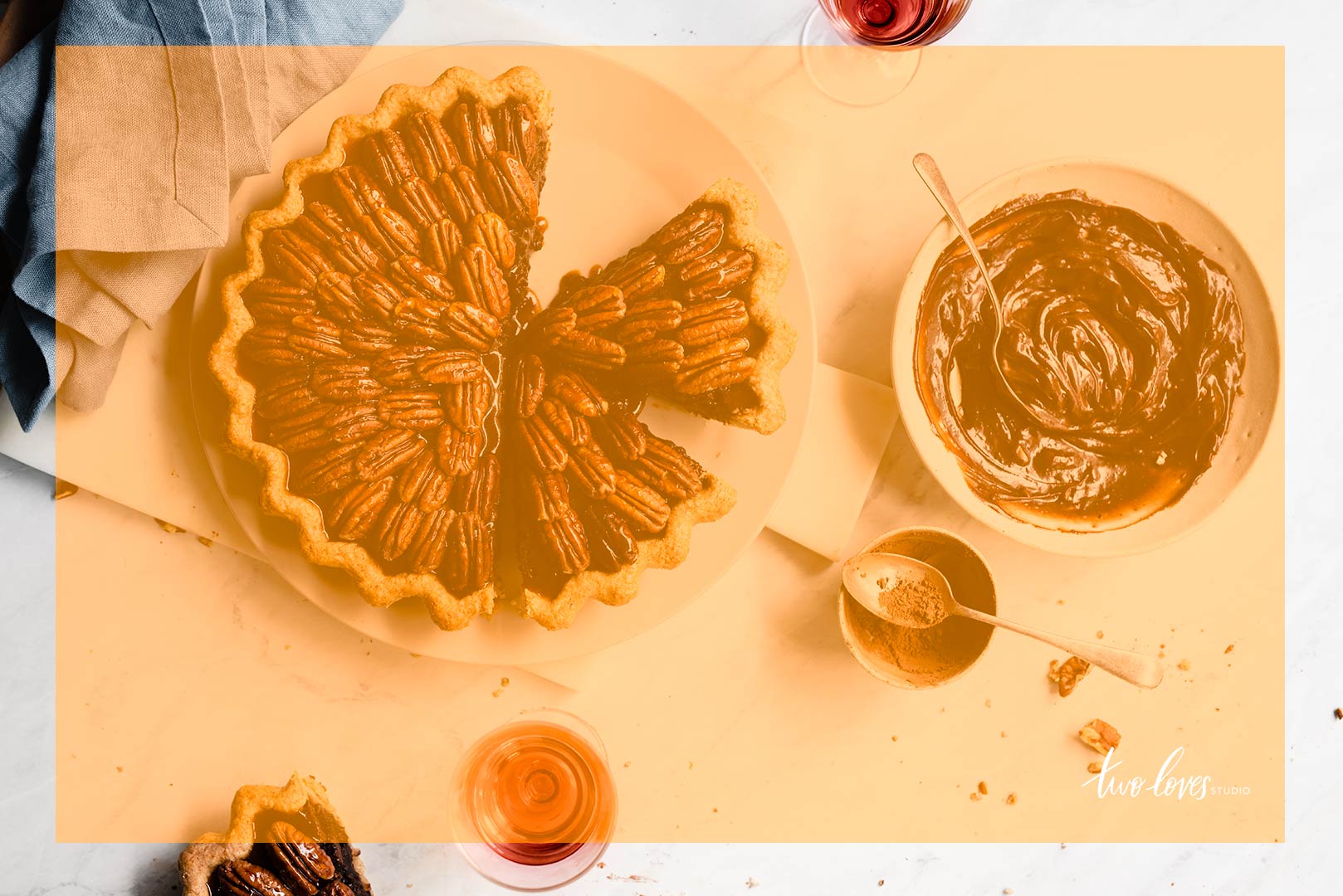
It aids in ensuring there is a balance between light and dark tones in the frame.
Because of the way it divides up the frame and pays particular attention to the subject you’ve focused on, it’s
Centre-weighted Metering
The next type of metering is centre-weighted. It evaluates the light in the middle of the frame and it the area surrounding it.
Rather than check in with the subject or area you’ve focused on, it looks at the middle of the image.
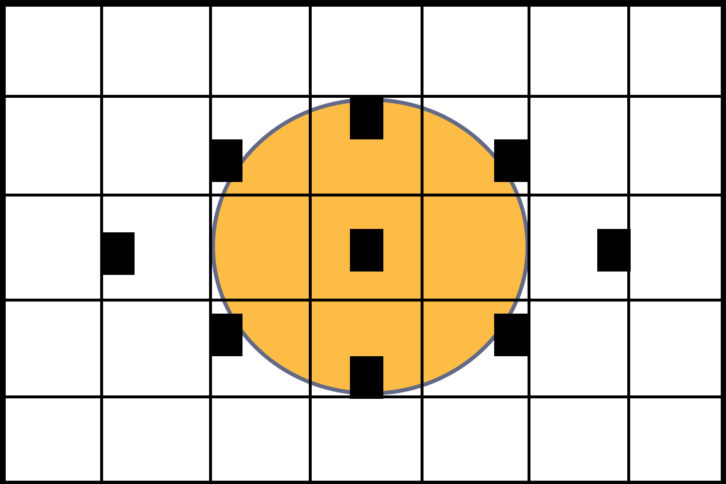

Just as it sounds, this type of metering is good for when your subject and most important elements are in the middle of the frame.
And that’s where you want the metering to be prioritised.
This type of metering works best when it would be undesirable to have the correct exposure for the entire frame.
Spot Metering
Is kinda what you imagine. It meters for a certain spot in our frame.
So in this mode, we are evaluating the light around our point of focus and nothing else.
The meter will evaluate that single point and calculate exposure based on that single area.
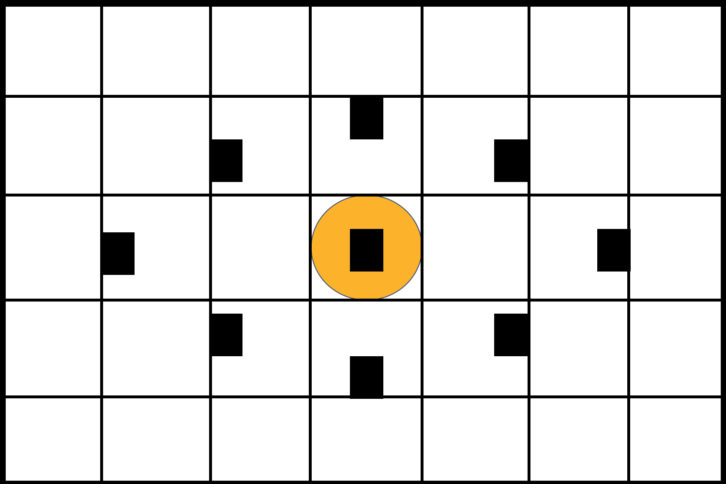

This type of metering works for when the most important subject is small in the frame. Where it would be undesirable to have the rest of the frame exposed for.
Using this type of metering could result in other parts of the image being overexposed, however, as it’s just ensuring the focal subject is evaluated.
Best Metering Mode For Food Photography
As you can probably see, there are different types of metering that are made for different situations.
At the core, they focus around helping you control exposure for your main subject. Or the most important subject.
In food photography, we are mostly shooting indoors.
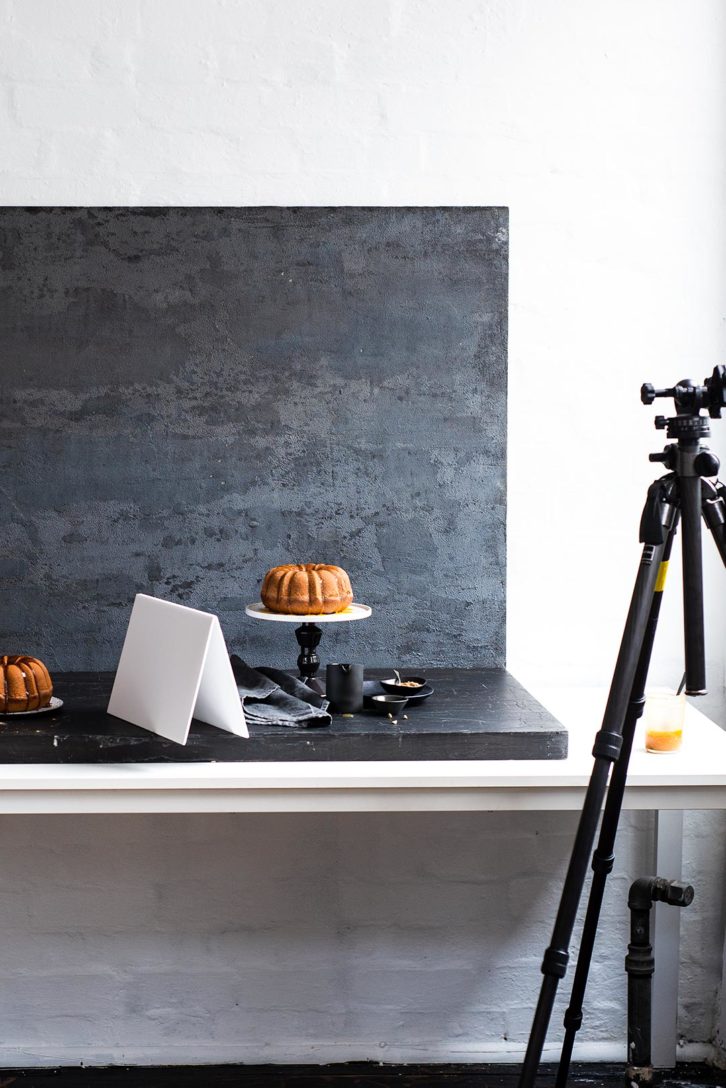
So we are unlikely to have situations where we are shooting against bright and harsh sunlight.
Nor is it likely that our subject will be super small in the frame like in wildlife photography.
However, in this niche anything is possible! Most of the time, you’ll be fine using the default.
When To Use Matrix or Evaluative Metering
This is going to get you where you need to be most of the time.
For still life, it’s a great default metering for food photography mode.
It will look at your entire frame but prioritise on the area you’ve focused on.
It’s a place I recommend starting at.

When To Use Centre-Weighted Metering in Food Photography
If you are shooting against the bright sun.
So you are outdoors, maybe on a patio shooting something summery.
Or like me, on vacation eating brunch on the beach. It would have helped a lot to have the exposure set for the drinks. Even if everything else was overexposed.
We need to see our subjects!
This works in this case as the subjects are large in the frame.

When To Use Spot Metering in Food Photography
But say that instead, these drinks were really small? Or my subject is small and not right in the centre.
In this case, spot metering would be better.

Overall for still life photography, Matrix and Evaluative first – then spot metering next. These will usually get you what you need.
How To Change it in Your Camera
Each model of camera will be different. So will each brand.
Consult your manual, or even do a quick Google for your model of camera.
But what you are looking for is are these symbols which demonstrate each type of metering.
On any high-end DSLR, they are likely to show up in your main settings or display area so you can easily change them.
Familiarise yourself with what each symbol means will help you flip through each mode.
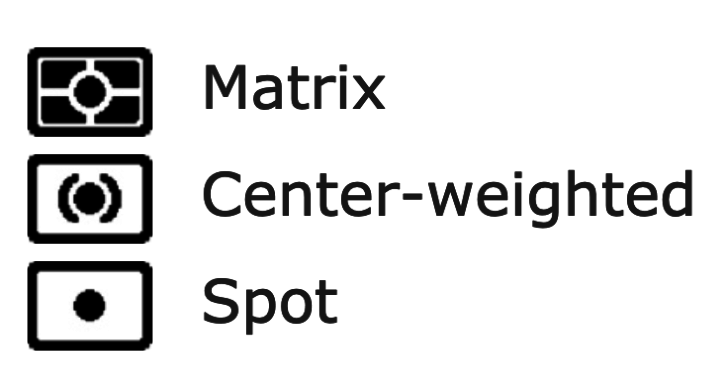
The Recap
My goal for you is that you’ve understood that metering for food photography isn’t so scary at all. It’s actually quite simple.
In a nutshell, here are the takeaways from this post:
- Each camera has a meter that determines how much light is falling onto our subjects in our frame.
- The light meter doesn’t assess the entire frame, but rather parts of the frame.
- Each metering mode tells the light meter
where in the frame to evaluate. - There are three basic types of metering for food phtography.
- Matrix or Evaluative assess areas in the frame and prioritises on the area of focus.
- Centre-weighted focuses on the centre for evaluation.
- Spot evaluates the area of focus only.
- Matrix or Evaluative is the default and is a good type of metering for food photography.
Lesson Activity
Let’s start you off with metering on the default.
- Grab your camera and manual and see where you can change the metering mode.
- Look for the three symbols and change to Matrix or Evaluative metering.
- Know how to change it to Spot metering in case you are in a situation where you are shooting outdoors like in the examples above.
If you’re taking Photography Fundamentals 101, click here for your next lesson.




